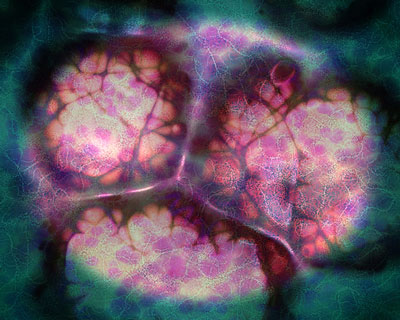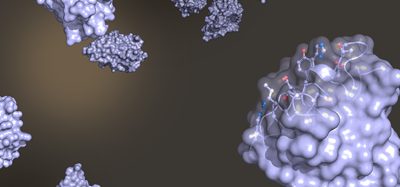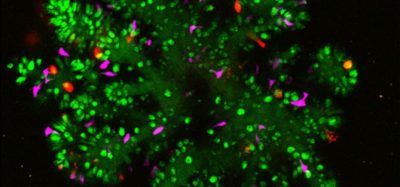Scientists identify key receptors behind development of acute myeloid leukaemia
Posted: 30 April 2015 | Victoria White
Researchers have found that ITIM – receptors are important to the development of acute myeloid leukaemia (AML), providing a target for potential therapies…

UT Southwestern Medical Centre scientists have discovered that a certain class of receptors that inhibit immune response are crucial for the development of acute myeloid leukaemia (AML), the most common acute leukaemia affecting adults.
Researchers found that some receptors containing the immunoreceptor tyrosine-based inhibition motif (ITIM) are important to the development of AML, providing a target for potential therapies.
“We showed that these receptors are expressed by AML cells and that they support the development of AML. Although counterintuitive, this result is consistent with the generally immune-suppressive and thus tumour-promoting roles of inhibitory receptors in the immune system,” said Dr. Chengcheng “Alec” Zhang, Associate Professor of Physiology and Developmental Biology, and a member of the Harold C. Simmons Comprehensive Cancer Center. “These findings suggest that blocking ITIM – receptor signalling in combination with conventional therapies may represent a novel strategy for AML treatment.”
AML is a type of blood and bone marrow cancer in which certain stem cells or progenitor cells fail to properly mature into healthy white blood cells and instead become abnormal red cells, called leukaemia cells, according to the National Cancer Institute, part of the National Institutes of Health. Leukaemia cells can build up in the bone marrow and blood so there is less room for healthy white blood cells, red blood cells, and platelets, which can result in infections, anaemia, or bleeding. Leukaemia cells also can spread outside the blood to other parts of the body, including the central nervous system, skin, and gums, according to the NCI. Symptoms of adult AML include fever, feeling tired, and easy bruising or bleeding.
Blocking signals of ITIM – receptors may prove to be a novel, effective strategy for elimination of leukaemia stem cells
The study, which appears in Nature Cell Biology, focused mainly on an ITIM-containing receptor called LAIR1. Researchers found that deleting LAIR1 abolished leukaemia development in several different mouse models of leukaemia. They also identified an important pathway that sustains the survival and self-renewal of AML cells, the mechanism by which LAIR1 supports AML development.
“Our study suggests that current treatment options, including chemotherapy, may not efficiently target cancer stem cells because these inhibitory receptors enable the leukaemia stem cells to survive conventional therapies, eventually resulting in tumour relapse,” said Dr Zhang, Michael L. Rosenberg Scholar in Medical Research. “The blockade of ITIM-receptor signalling may prove to be a novel, effective strategy for elimination of leukaemia stem cells and lead to complete remission in patients.”
Treatments for AML generally yield poor outcomes, especially for typical senior patients, Dr Zhang noted. Despite continuous treatment, most AML patients relapse within 5 years, according to published outcome studies.
The medical need for new therapies for AML is further underscored by the fact that no new therapies for AML have been approved in over 30 years. There are more than 50 experimental agents in clinical trials for the treatment of AML, but only a few agents have yielded promising data to date, he noted.
“New molecular targets and therapeutic strategies are needed for AML treatment,” he said.
Related topics
Stem Cells
Related conditions
Leukaemia






